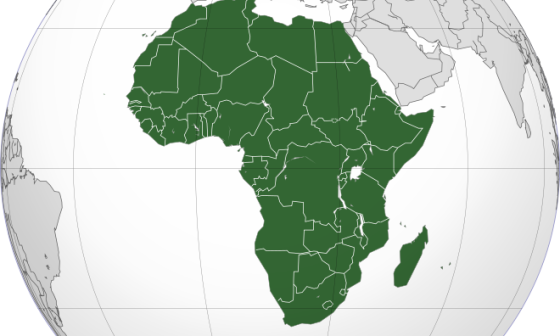African Heritage is unequivocally an asset to Africans. We are uniquely positioned on the globe and our people are uniquely designed. In every field that Africans have strived, we have excelled.
In this article, we continue our journey across the continent from the perspective of one African. If you haven’t read the first post in the series, click here to read it, then return to this article to continue the journey with us. If you don’t want to, it’s still fine. Dive in as we explore some more of the African Heritage.
There are some notably famous African cultures and here are a few highlights.
The Zulu are South Africa’s largest and widest ethnic group with over 10 and 11 million people living in the province of KwaZulu-Natal. They have evolved from a group that suffered high levels of discrimination during the 19th and 20th centuries to one of Africa’s most distinguished groups, enjoying equal rights among all its citizens.
The Massai people of Kenya and Tanzania are another noteworthy group. They are known for grazing because they owned large herds of cattle, sheep, and goats. At some time, wealth and power had been based on the cattle they owned.
Africans are also known as the largest contributor to structural arts which can be dated back thousands of years with some of the sculptures found in Egypt. They are rooted in finding expression in carved wooden, brass and feather artworks. Which may include paintings, ceremonial and religious headgear, pottery, and dresses. An African man Maulana Karenga said that in African art, the object was not as important as the soul force behind the creation of the object. All art must be extreme, and in being extreme, it must be communal, devoting, and active. Some African cultures have ways to emphasize their physical appearance like jewelry made from cowrie shells.
Everyone eats but Africans really eat!
Many Africans live in villages and are mainly farmers thereby mostly living on the foods they grow themselves. Cassava, maize, millet, plantains, yams and other similar crops are among those that grow. The innovative combinations however are one of the reasons African foods stand out. The traditional African setting would usually feature women and girls carrying out such duties as cooking meals.
Various African dishes use a combination of local fruits, grains, vegetables and cereals. Plantains and cassava are the basic food eaten in central Africa; starchy foods are served with a diversity of soups. When an African says “soup” it usually comprises some delicacy with certain characteristics that may not be found elsewhere, unless deliberately tailored to suit the African style.
There is also the style of Rice preparation that has gradually evolved in Africa. A few ethnicities have honed their peculiar style, but all portray the characteristics of the “Jellof Rice”. It is a porridge of rice, however, specific ingredients will differ across the various ethnicities.
Chevron, mutton, beef and chicken have highly consumed animal proteins, as goat, sheep, cattle and poultry are often raised for consumption. This practice is widespread across the continent. The game is not ruled out as several cultures have delicacies which include crocodile, monkey, antelope, warthog and other games.
There are many African languages, and dialects with every African country having its language even smaller villages do have their language. Because many African countries were part of the European colonies, most of their people do speak English, Portuguese, French or a creole version of these languages. In Northern Africa Arabic is the major spoken language, whereas Swahili is the dominant language in East Africa.
Africa boasts a variety of attire, for both traditional and ceremonial purposes. Female traditional clothing in Kenya is called Habecha Kemis while the men wear pants and a knee-length shirt with a white collar. Some men in other areas wear cow tails as bracelets and anklets called imishokobezi during ceremonies and rituals, such as weddings or dances. In the Islam dominant countries, they do wear attire that reflects Islamic tradition. A Lot of African clothes to talk about but it’s limited here.
As we continue our journey in the heritage of Africa, we will explore several more areas to showcase our peculiarity. Africa is beyond what is generally concluded about it. If you haven’t visited the continent yet, you should plan to. There is so much to see and experience.
